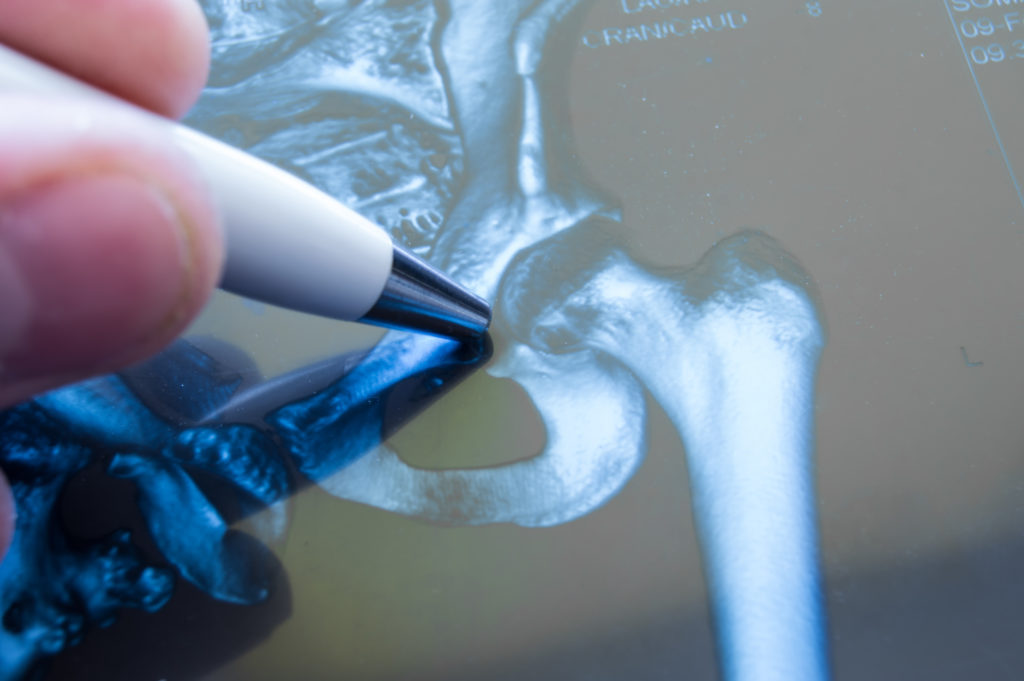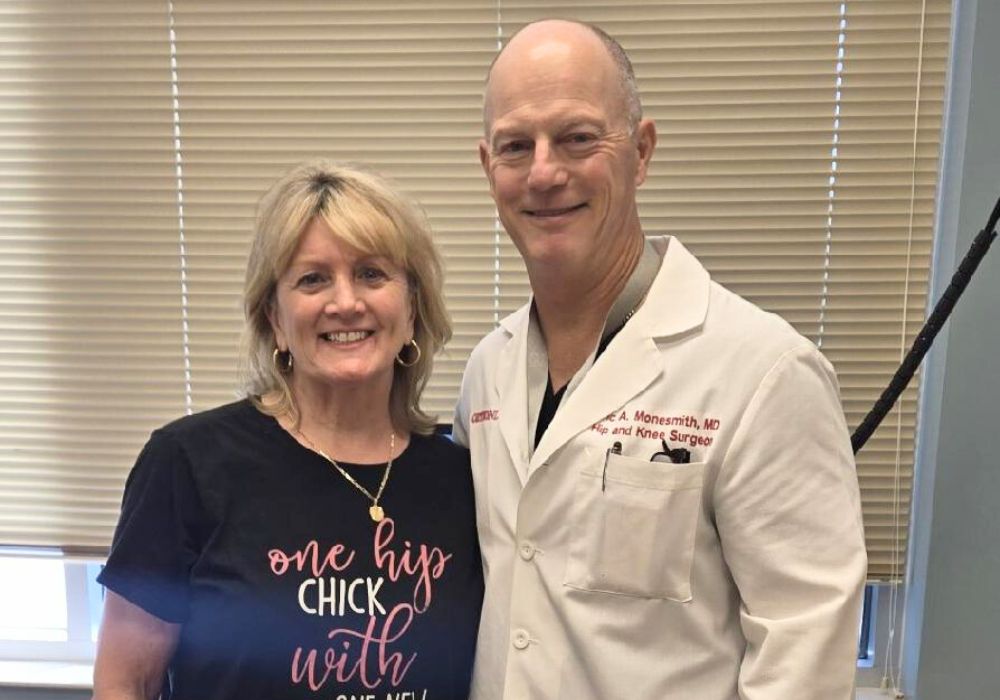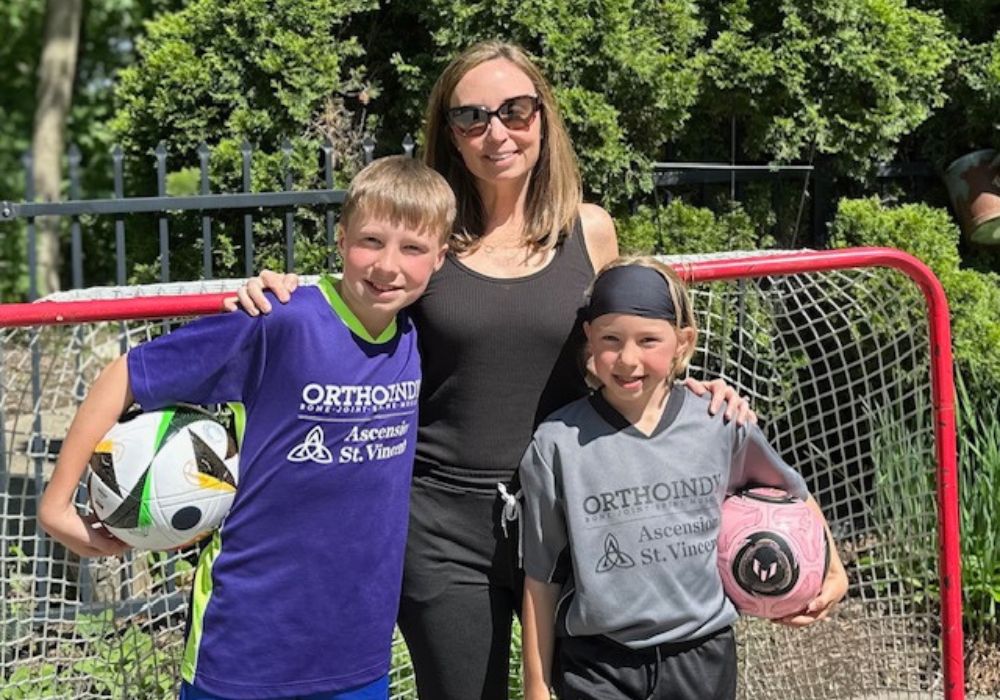Slipped capital femoral epiphysis (SCFE) occurs when the ball at the head of the thigh bone (femur) slips off the neck of the bone. Most commonly, this hip condition occurs in teens and pre-teens. However, it is typically missed early on because pain is often more present in the knee.
Anatomy
The hip is your body’s largest weight-bearing joint. This joint is also called a ball-and-socket joint. The ball is the upper end of the thigh bone (femur), which fits into the socket (or acetabulum) at your pelvis. Several muscles surround the hip joint and extend across the abdomen or the buttocks or move down the thigh to the knee. Tendons are tough, fibrous tissues that connect these muscles to bones.
Growth plates are located at the upper end of the femur, which causes SCFE to sometimes develop during rapid growth. SCFE usually develops gradually over weeks or months but can develop after a minor fall or trauma as well.
Types of slipped capital femoral epiphysis
- Stable: The patient can still walk and bear weight with or without crutches.
- Unstable: The patient cannot walk even with crutches. This is a medical emergency so call 911 or go to your nearest emergency room (OrthoIndy Trauma physicians are at Vincent Indianapolis Level I Trauma Center).
Cause of slipped capital femoral epiphysis
The cause of SCFE is unknown. However, risk factors include:
- More common in boys than girls
- Excessive weight
- Family history
Slipped capital femoral epiphysis symptoms
- Pain
- Stiffness
- Instability in the hip
- Unable to bear weight on affected leg
- Affected leg may appear shorter
- Pain in the knee
Physician examination
To determine whether you have SCFE, your physician will ask you for a complete medical history, have you describe your symptoms and conduct a physical examination. An X-ray or MRI may be necessary to confirm the diagnosis and determine if there are other problems.
MAKE AN APPOINTMENT WITH AN ORTHOINDY ORTHOPEDIC PEDIATRIC SPECIALIST
Slipped capital femoral epiphysis treatment
Treatment for SCFE helps prevent the femoral head from slipping further and is accomplished through surgery. Once SCFE is confirmed, you will not be allowed to bear weight on the hip and surgery is typically performed within 24 to 48 hours.
In most cases, the surgical procedure is performed by pinning the ball of the femur to stop it from slipping further. In more serious cases, more extensive surgery may be required down the road.
Recovery
Early diagnosis helps stabilize the hip and avoid future complications like hip arthritis. After surgery, you will be on crutches for several weeks. After some time, physical therapy exercises will help strengthen the hip muscles and improve range of motion.
Return to sports after surgery varies by individual. Some physicians feel the growth plate should be fully closed before sports are restarted and this may take a couple of years. Some physicians allow certain sports but do not permit contact or collision sports due to the increased risk of injury.
Learn more about pediatric orthopedic care at OrthoIndy.
Schedule an appointment
Your well-being is important to us. Click the button below or call us to schedule an appointment with one of our orthopedic specialists. If your injury or condition is recent, you can walk right into one of our OrthoIndy Urgent Care locations for immediate care. For rehabilitation and physical therapy, no referral is needed to see one of our physical therapists.





